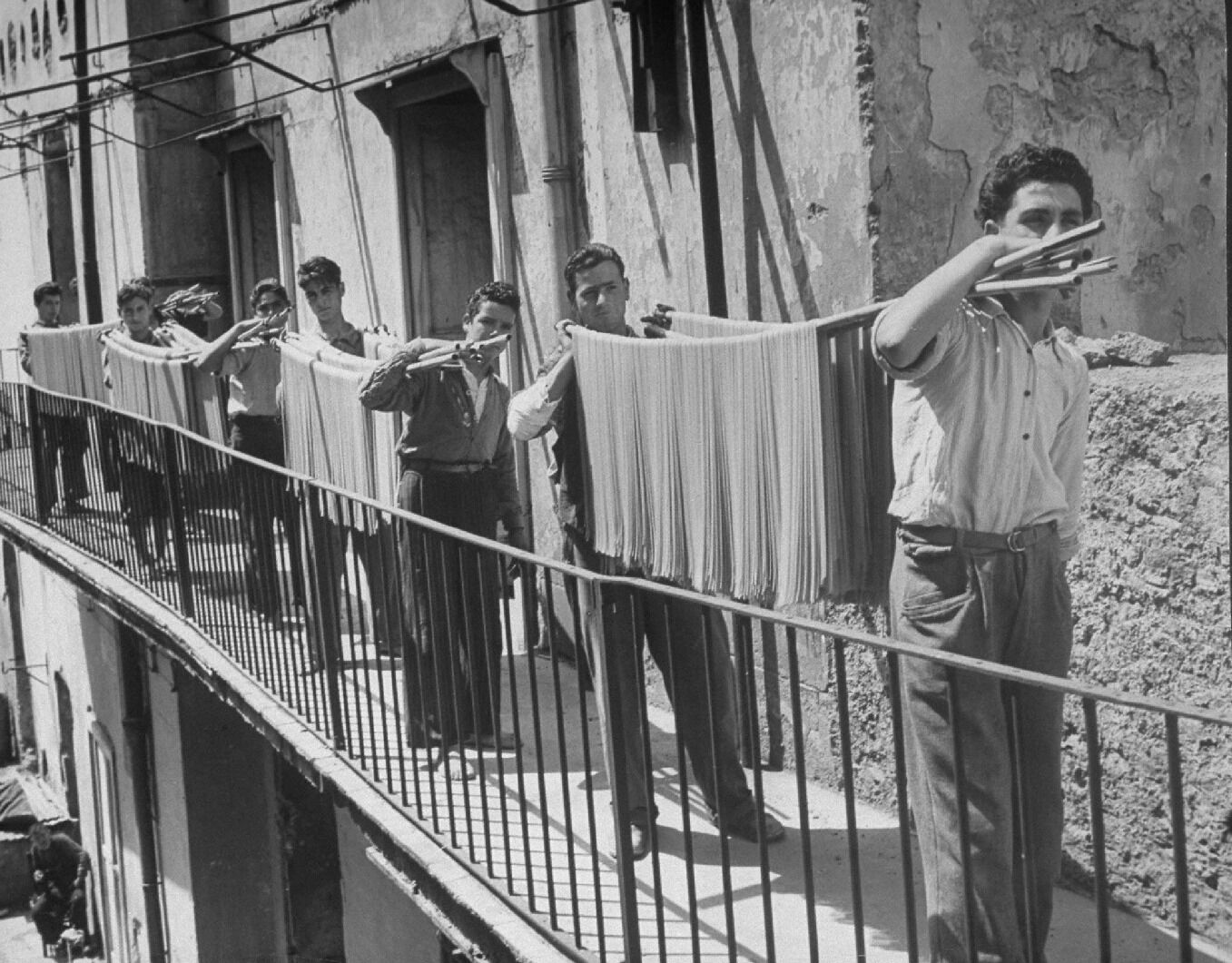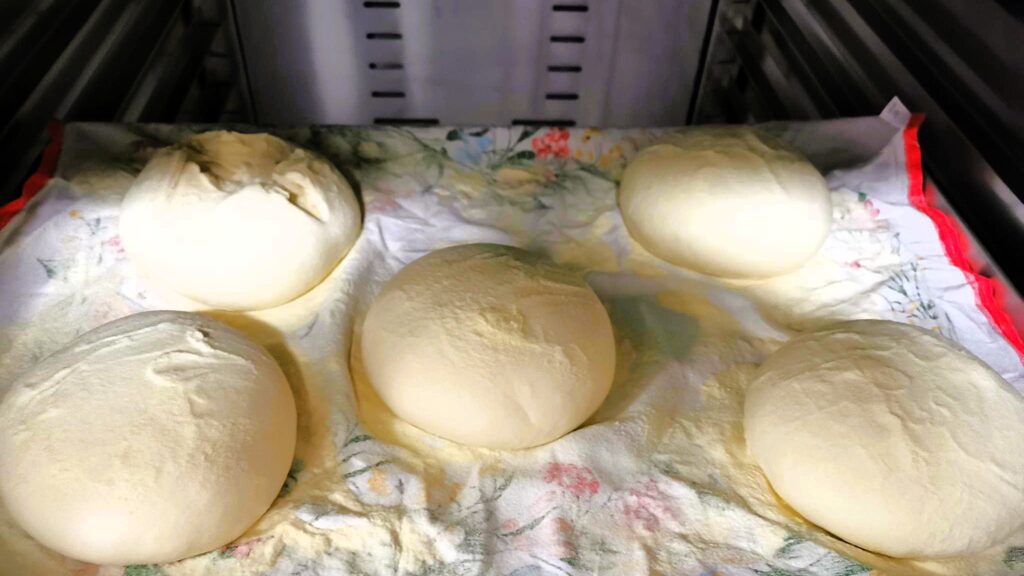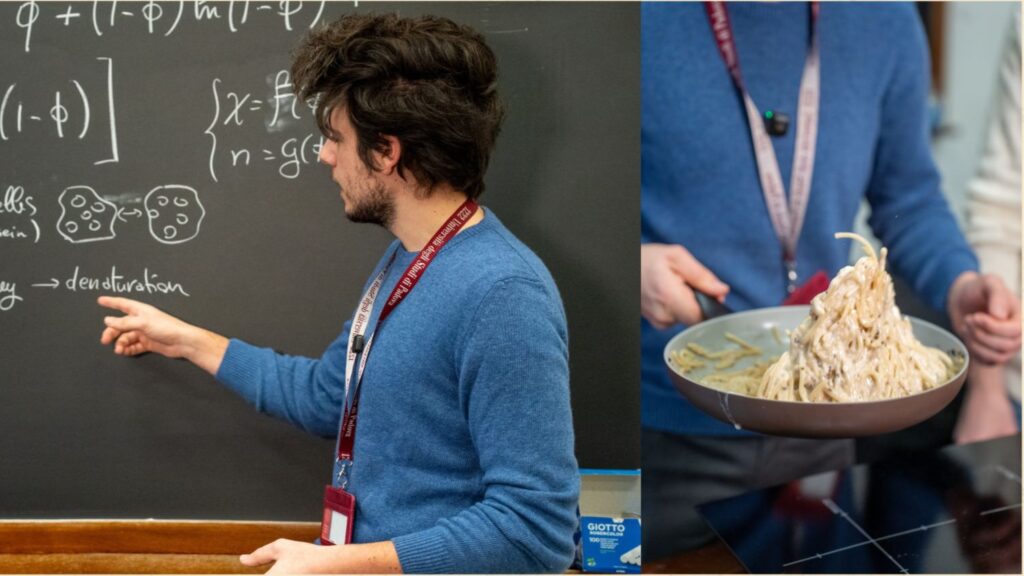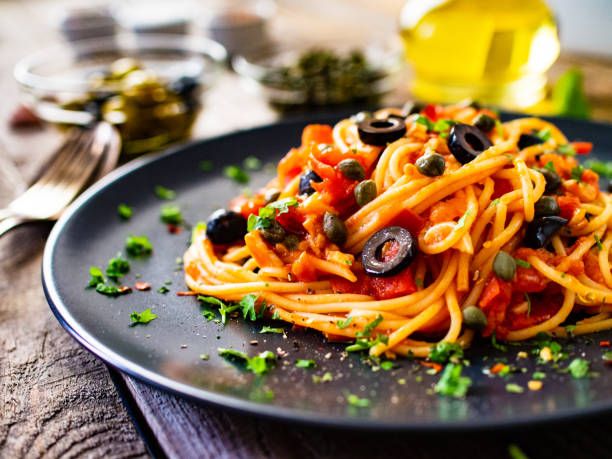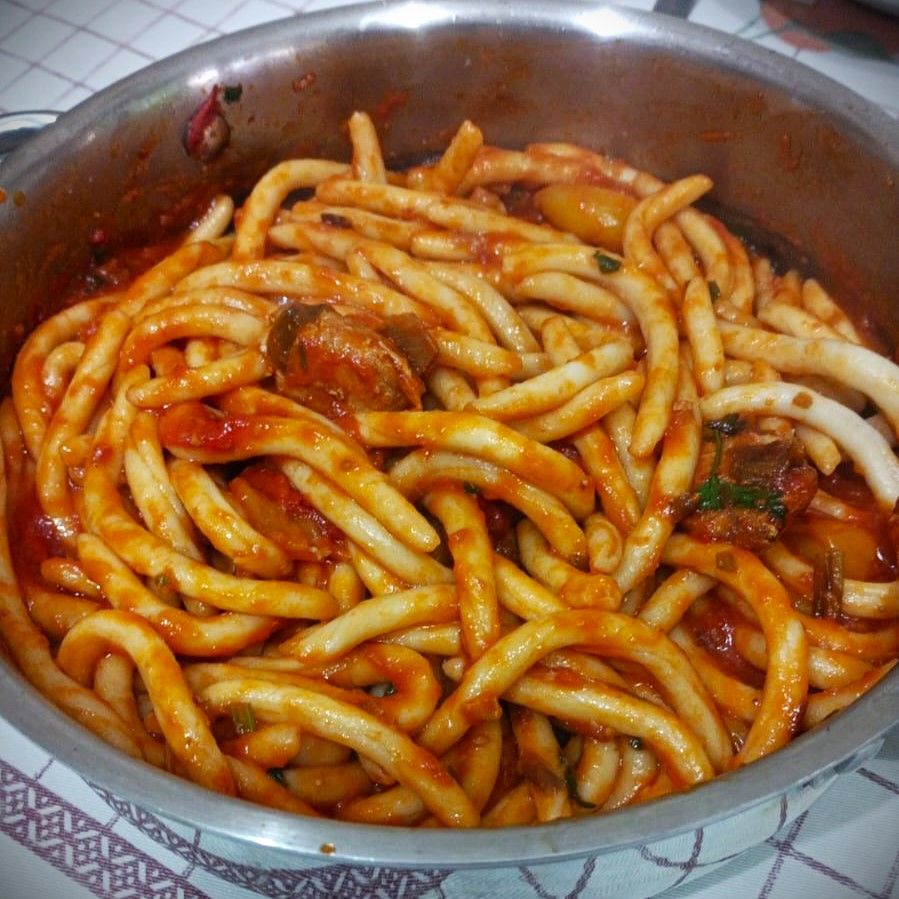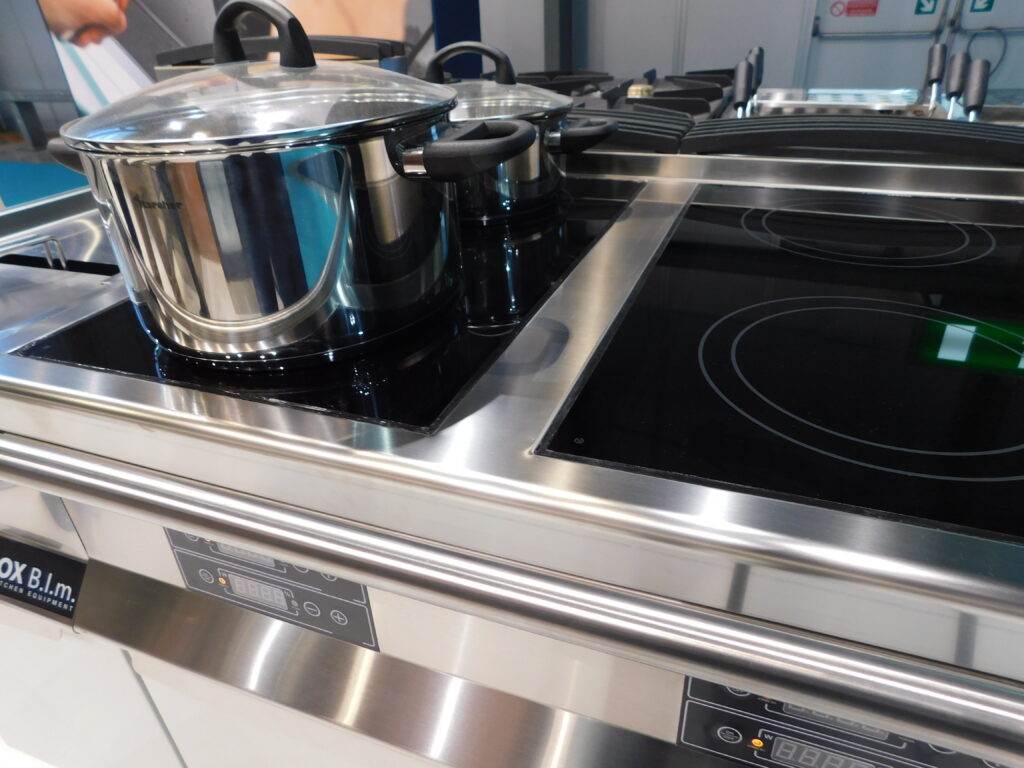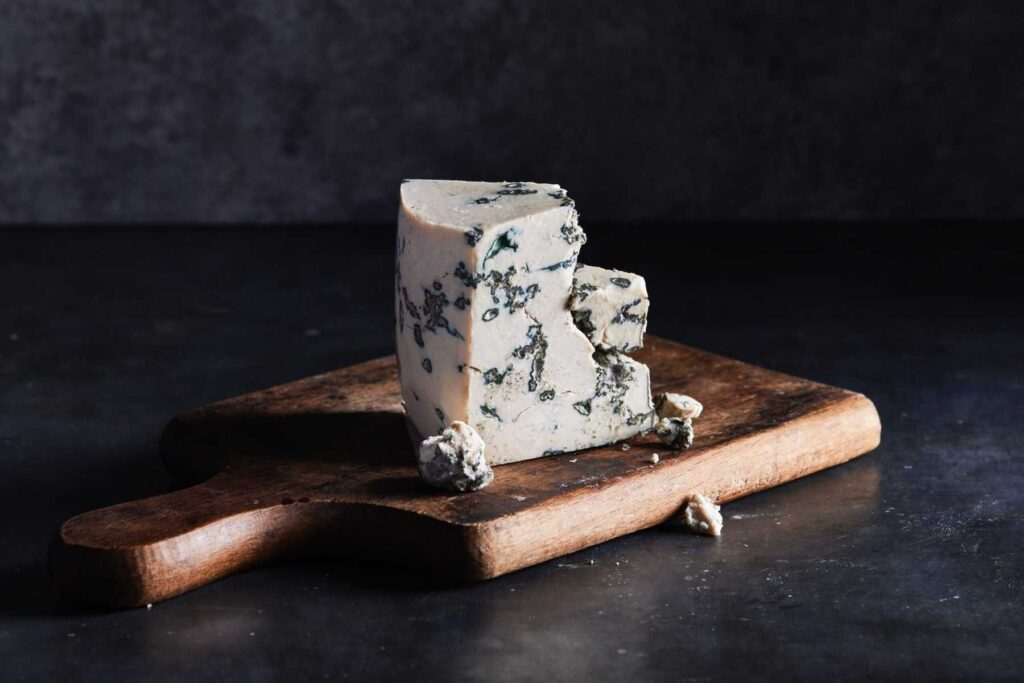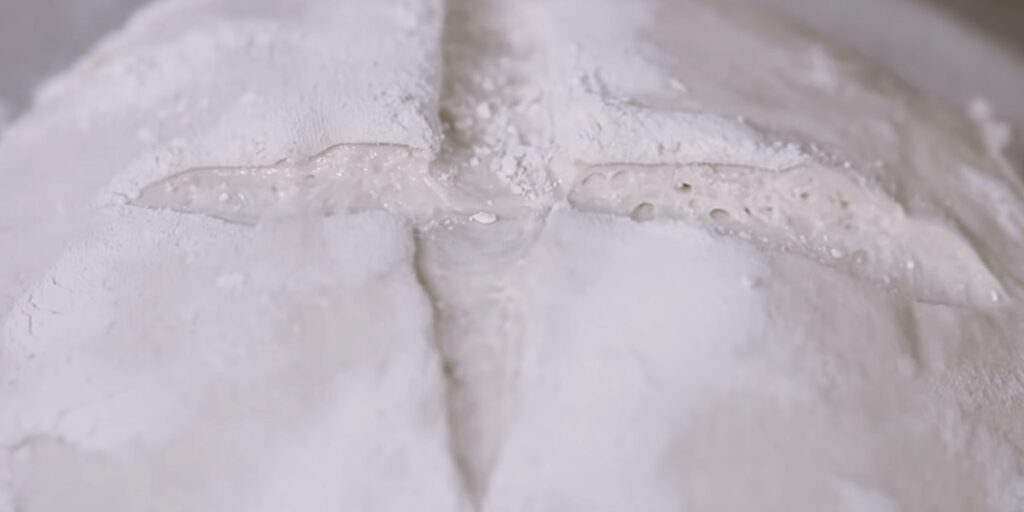A countertrend has arisen among food consumers as a response to the foodservice automation process, day after day required to optimize times and reduce costs.
This is the preference towards more genuine foods, possibly local and linked to a national culinary tradition. Even better if it comes from small businesses and sustainable supply chains.
Yes, everything is agreeable.
However, and forgive my cynicism, anti-consumerism has become such an important market segment that even the (usual) big corporations do not disdain creating product lines with green-leaning brands, with a beautiful sun in the logo, and a big picture of a farmer smiling on the box.
In any case, even if the “appeal to tradition” regarding food always leaves me sceptical, I am still convinced of one thing:
The pasta must be dried over a long period of time and at a low temperature.
This is something that fewer and fewer companies now do, given the higher costs and times compared to high-temperature drying. Yet, it is a slow cycle process (at least 24 hours), with a temperature between 40° and 60°) which guarantees the maintenance of the organoleptic properties of the raw materials, as well as the structure of the proteins. Furthermore, it avoids the hardening of the starch (which helps digestibility).
So, if you allow me some advice: always look for the wording “slow dried” in the package of pasta you are purchasing.
And enjoy this photo: Boys carrying pasta to be dried. Naples, 1949. Photo by Alfred Eisenstaedt, the photographer of the “V-J Day in Times Square” and Goebbels’ “Eyes of Hate”.

 Italiano
Italiano
